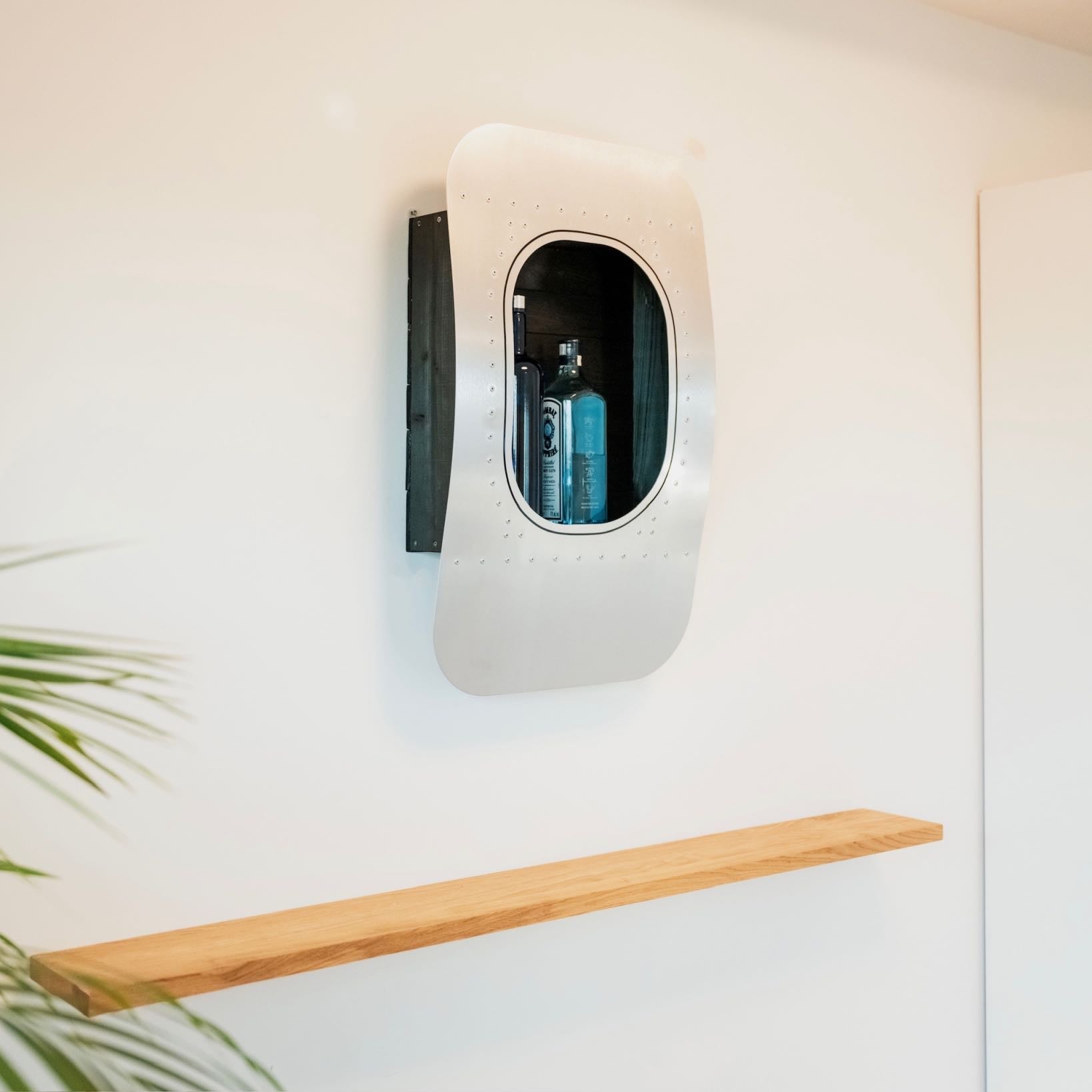Aircraft furniture design in transition: From function to design
The design of aircraft interiors has changed significantly. Where functional practicality once mattered, today design elements are also incorporated. Modern developments in aircraft furniture demonstrate that technology and design are not mutually exclusive. Instead of sober, standard solutions, concepts are emerging that combine function and design – with a significant impact on the experience during the journey.
Comfort and ergonomics in aviation style
Comfort is a key issue, especially on long-haul flights. Aircraft furniture has been refined over the years to better meet ergonomic needs. Adjustable backrests, optimized seat cushions, and intelligent space solutions contribute to making the travel experience more pleasant. Lighting concepts that follow the natural day-night rhythm also noticeably improve well-being on board.
Design elements with added value
Today's aircraft interior design places great emphasis on thoughtful details: seating arrangements, storage solutions, materials – everything is conceived with both functionality and design in mind. Sound insulation, lighting concepts, and textured surfaces contribute to a quieter and more comfortable environment. The combination of technology and design can also be found in aircraft cabin boxes and aviation furniture, which are both space-saving and functional.
Multifunctional furniture in airline interiors
Modern aircraft furniture is increasingly multifunctional. In limited space, every component has multiple uses: an ottoman serves as a footrest, storage space, or an extension of the seat. Fold-out tables, integrated charging stations, and flexible modules demonstrate how targeted design is used with passengers in mind. This requires not only technology, but also a keen sense of everyday practicality in limited space.
Aircraft cabins as designed spaces
Aircraft cabins are increasingly evolving into sophisticated spatial concepts. Color schemes, materials, and lighting accents are sometimes reminiscent of high-end hotel lobbies—with clean lines, coordinated surfaces, and harmonious color choices. The contrast of aluminum, fabric, and plastic elements creates a sober, modern atmosphere that is both visually appealing and functional.
Design as part of the travel experience
Aircraft furniture does more than just function. It creates an environment that contributes to a positive experience of the journey. Those who feel comfortable travel more relaxed – this is demonstrated not only by customer surveys but also by the growing interest in topics such as a feel-good ambiance, upcycling from aircraft, and individual design in the aviation sector. The targeted combination of technology and design is creating a new way of traveling.
Conclusion: Development of aircraft furniture design
Today, aircraft furniture and aviation design represent more than just technical equipment. They reflect a design concept that combines comfort, function, and style. Whether as part of modern aircraft cabins or as an inspiring element in one's own living space, the idea that form and function go hand in hand is increasingly shaping the world of interior design.



